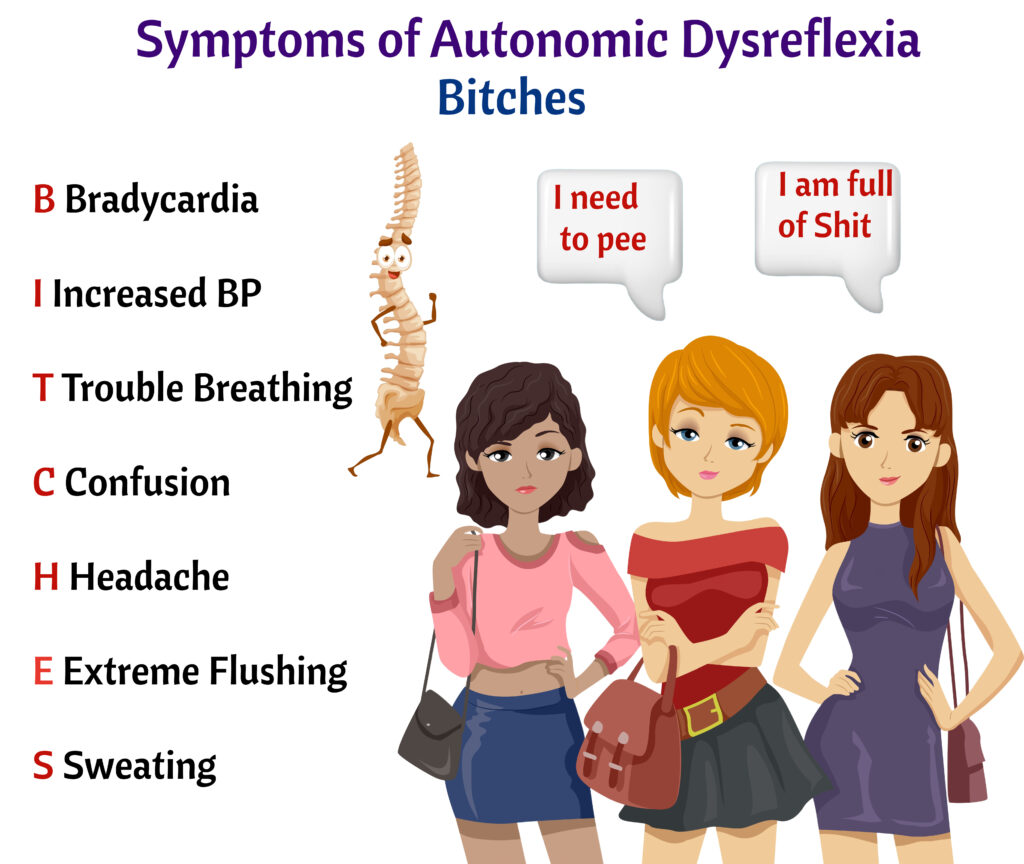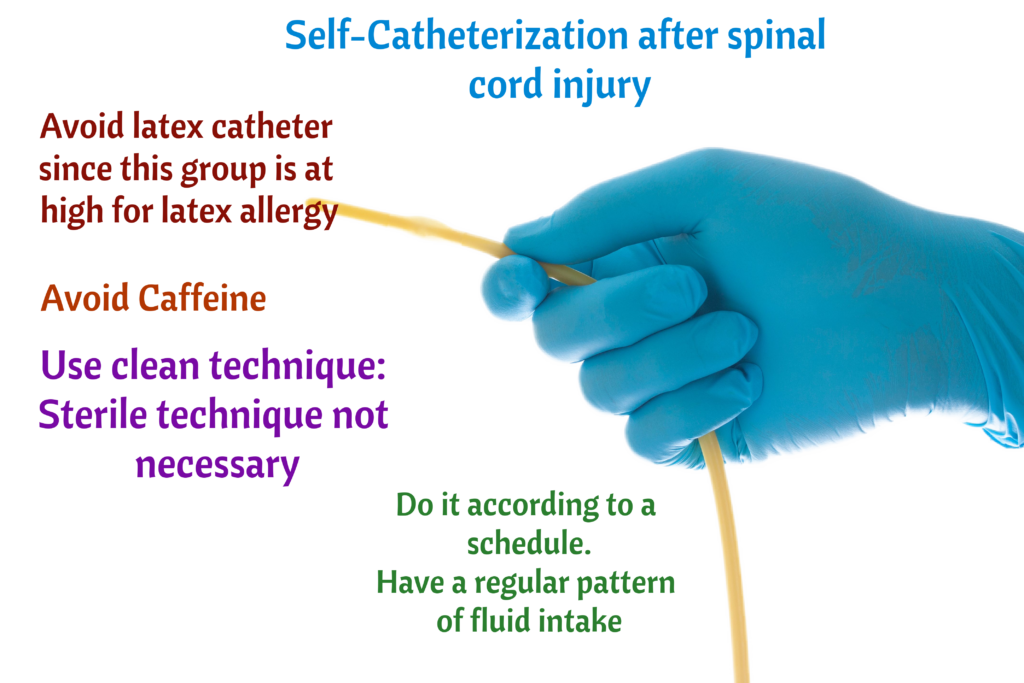Spinal Cord Injury

Causes
- Motor vehicle accidents
- Falls
- Violence
- Sports
- Injuries
- Stabbings
- Gunshops
- Cancer
Symptoms
- Depends on the level of the injury
- Motor and sensory deficits below the level of the injury.
- Acute respiratory compromise #1 priority
- Loss of vasomotor tone
- ↓ BP due to loss of peripheral vascular resistance.
- Altered sensation to heat, cold, & touch
- Loss of bladder or bowel function
- Paralysis
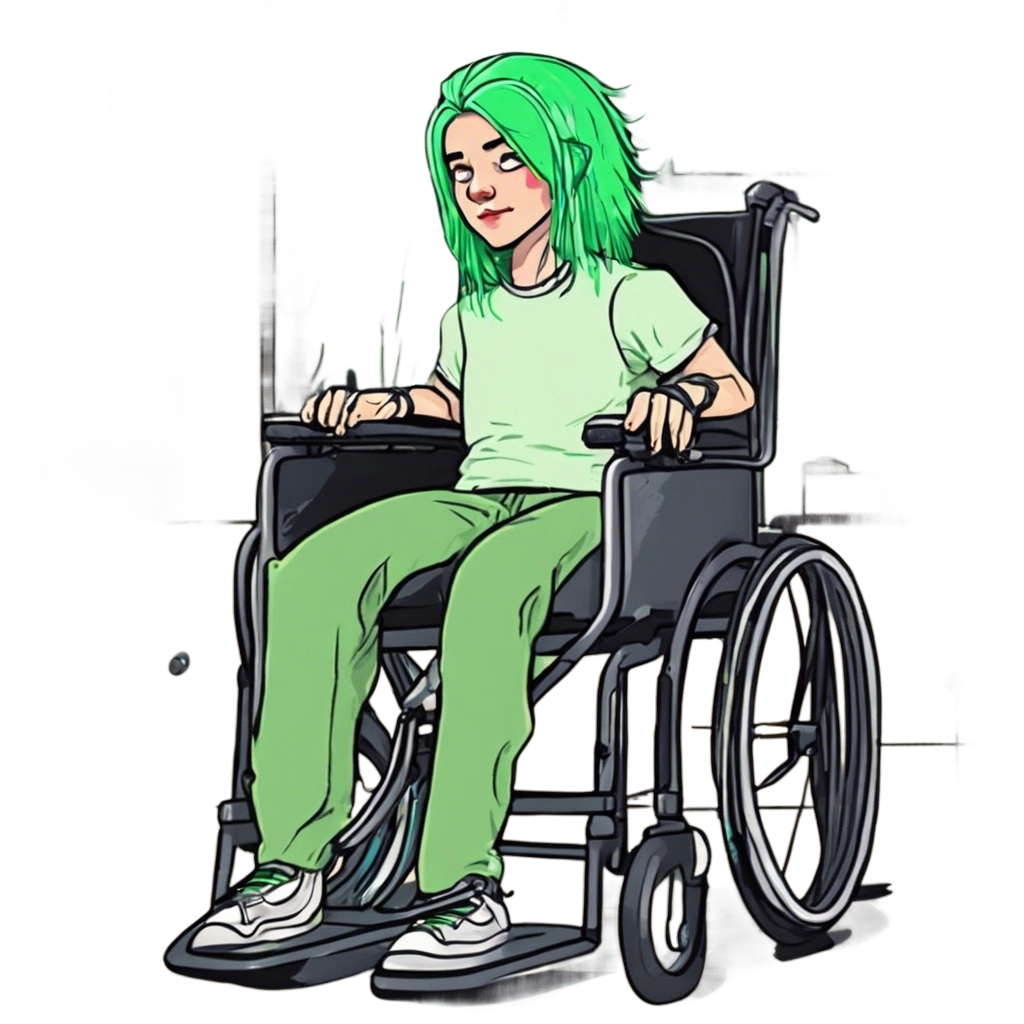
C1 to C8 injury
Quadriplegic: Paralysis of all extremities
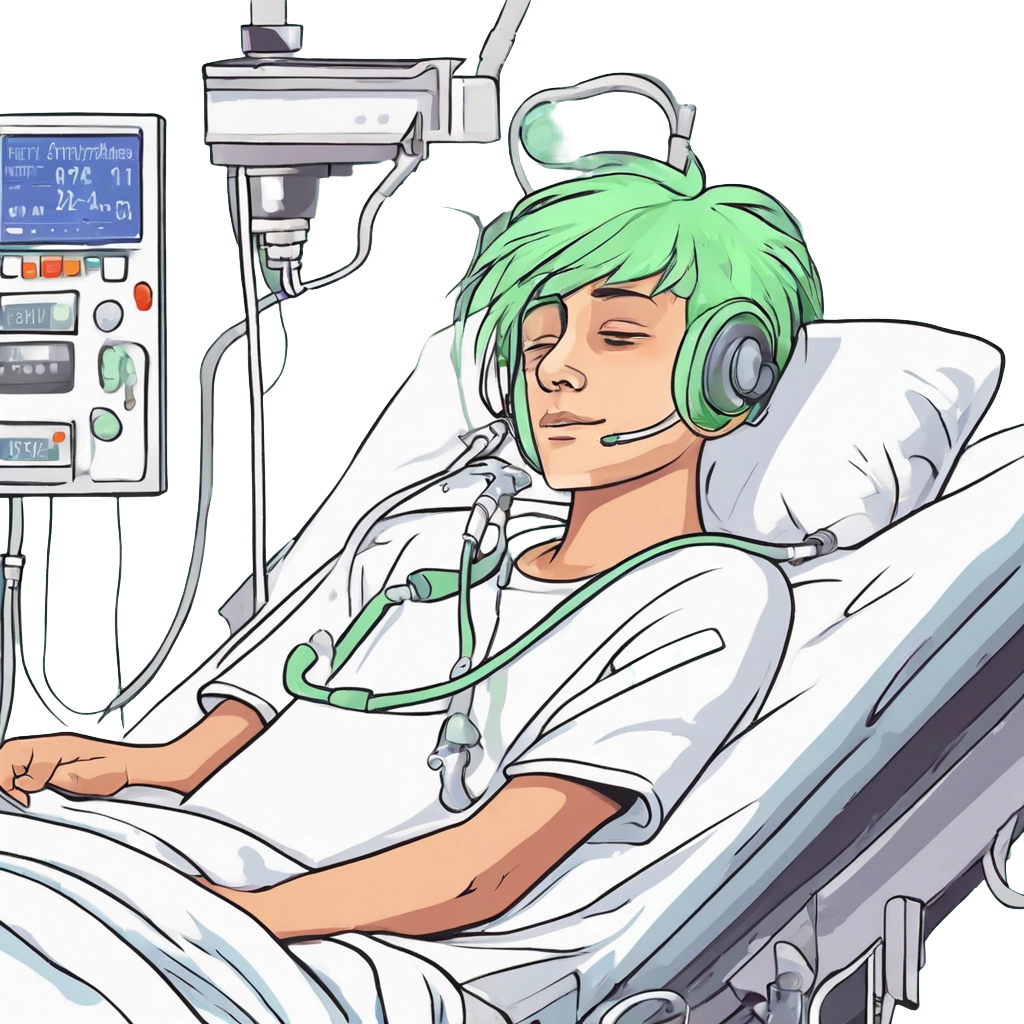
C1 to C4 injury
Cannot breathe or cough on their own

Bowel/Bladder Control
There can always be some degree of bladder/bowel problems
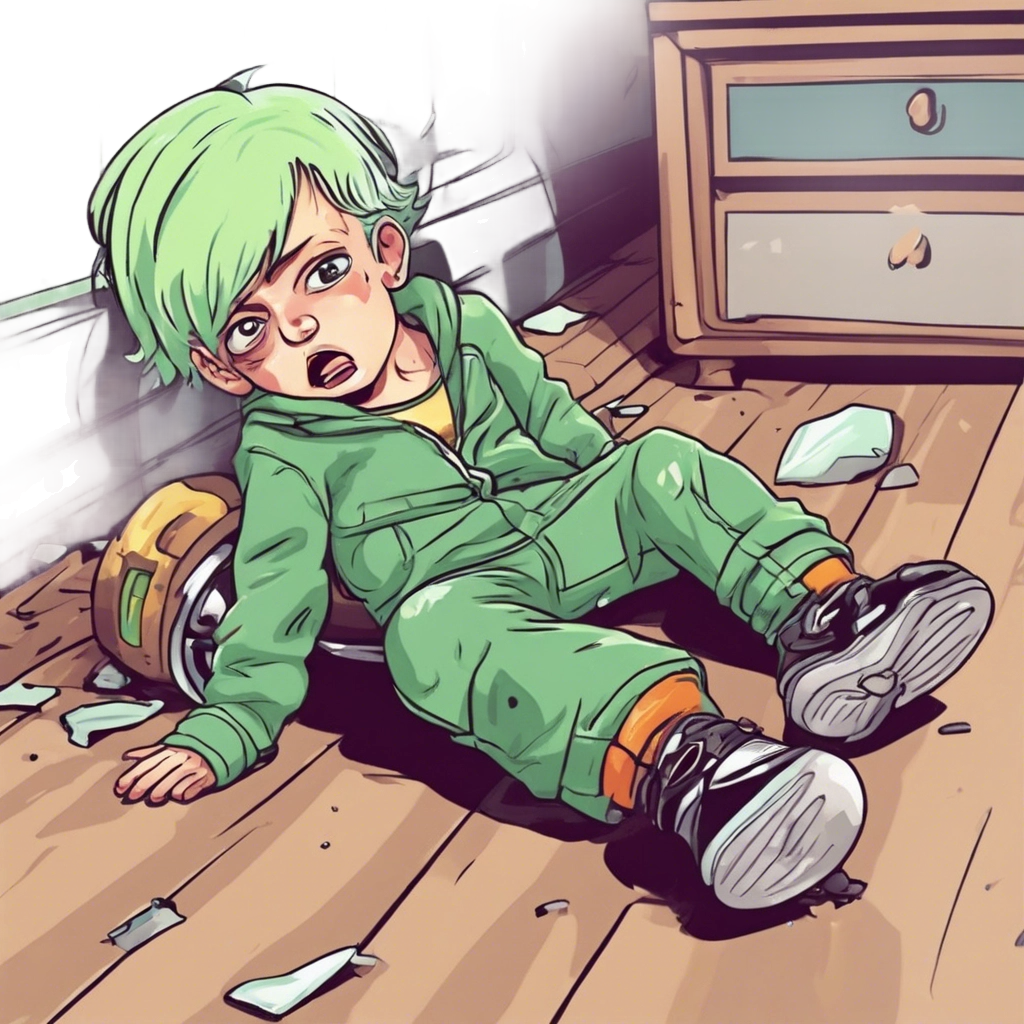
Emergency Treatment
Airway, neck collar to immobilize spine, transport in spinal board, flat HOB, & log roll. High dose steroids within 8 hours of injury!

Neurogenic Shock
Occurs within 24 to 72 hours of injury leads to ↓ BP & ↓ HR. Everything goes down! (HR and BP).
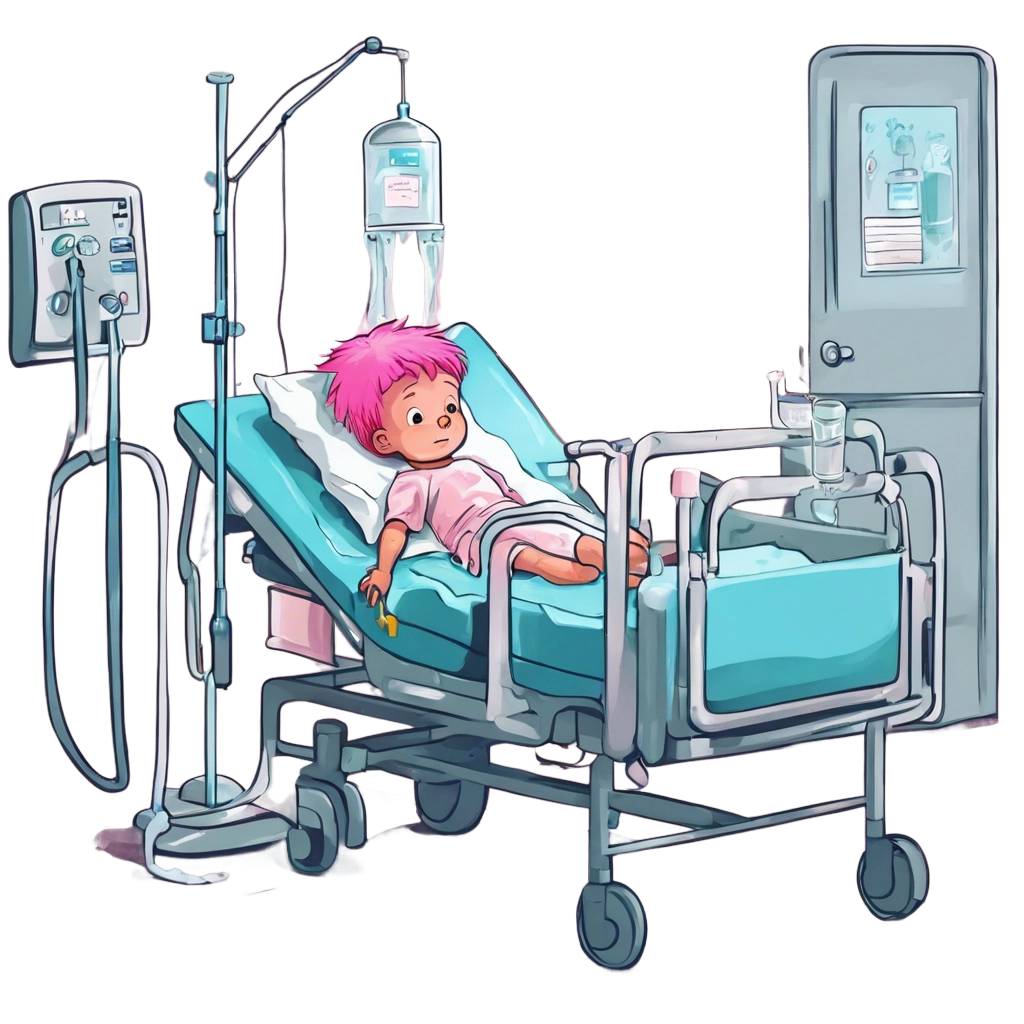
Spinal Shock
A sudden loss of all voluntary and reflex movements below the level of the injury. It can last for 3 to 6 weeks. Symptoms: Bradycardia, flaccid paralysis, and hypotension.
Autonomic Dysreflexia
Occurs with Spinal cord injuries above the T6 level. Caused by an involuntary response of the body to a painful or uncomfortable stimulus below the level of the injury. This response can cause a sudden increase in blood pressure, which can be dangerous if not quickly treated. It can also cause sweating and flushing above the level of the injury, as well as headache, blurred vision, nasal congestion, piloerection, and a feeling of anxiety.
Treatment
Elevate the HOB to help decrease BP. Identify and remove the triggering stimuli. This may involve urinary catheterization, manual disimpaction or bowel stimulation, and addressing any skin irritation. If AD persists, medications may be given to control blood pressure, such as nitroglycerin, nifedipine or hydralazine.
